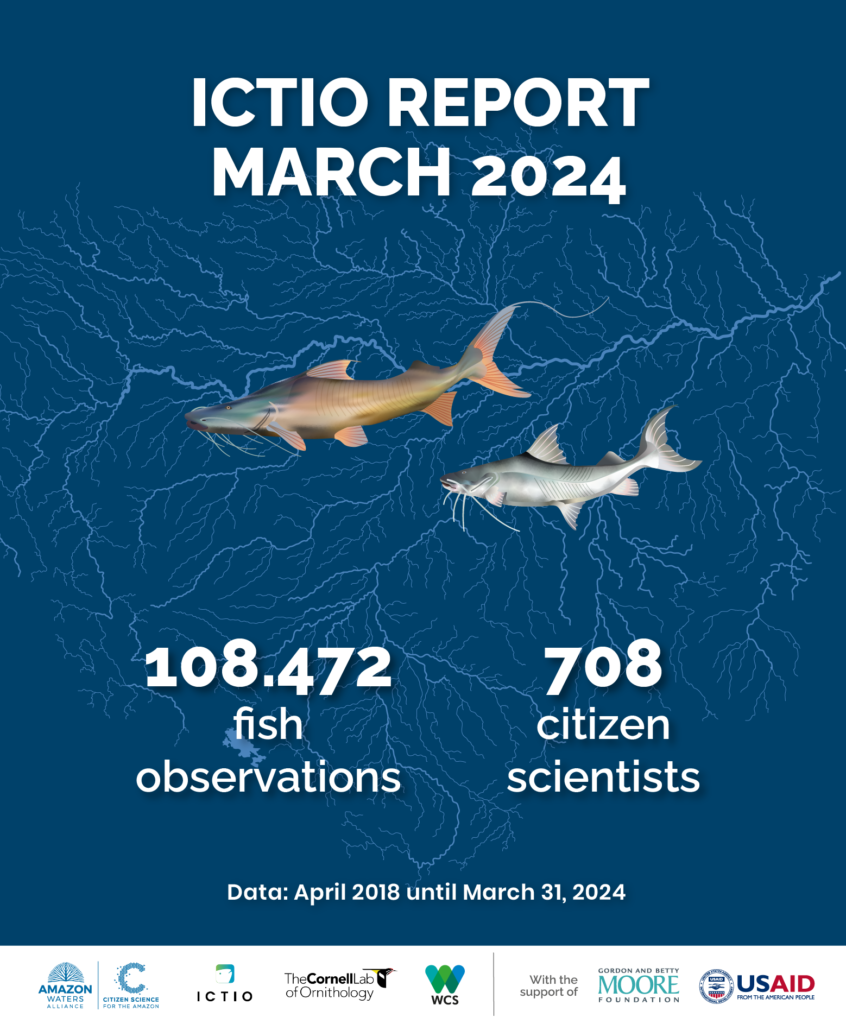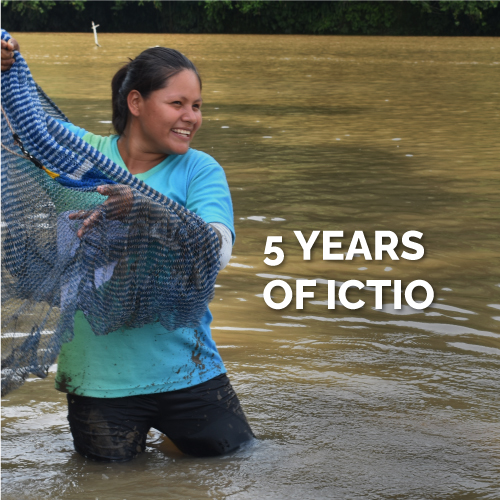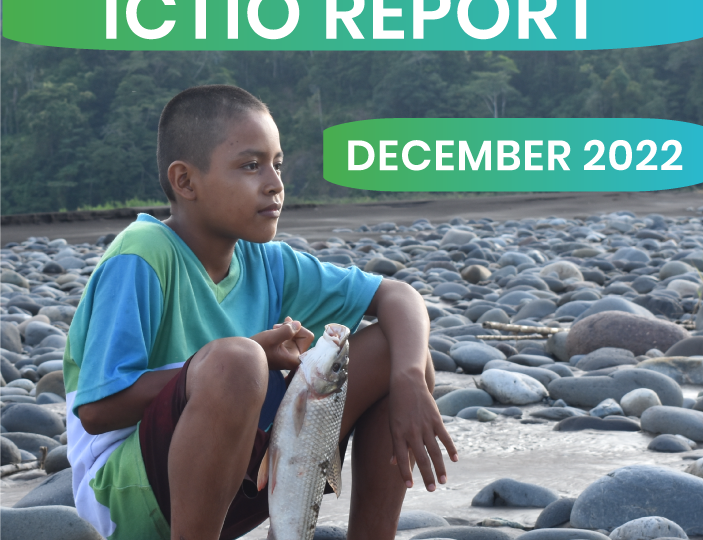As of March 31, 2024, Ictio has recorded a total of 108,472 sightings of 119 fish species or groups, thanks to the collaboration of 708 citizen scientists and various organizations (Figure 1).
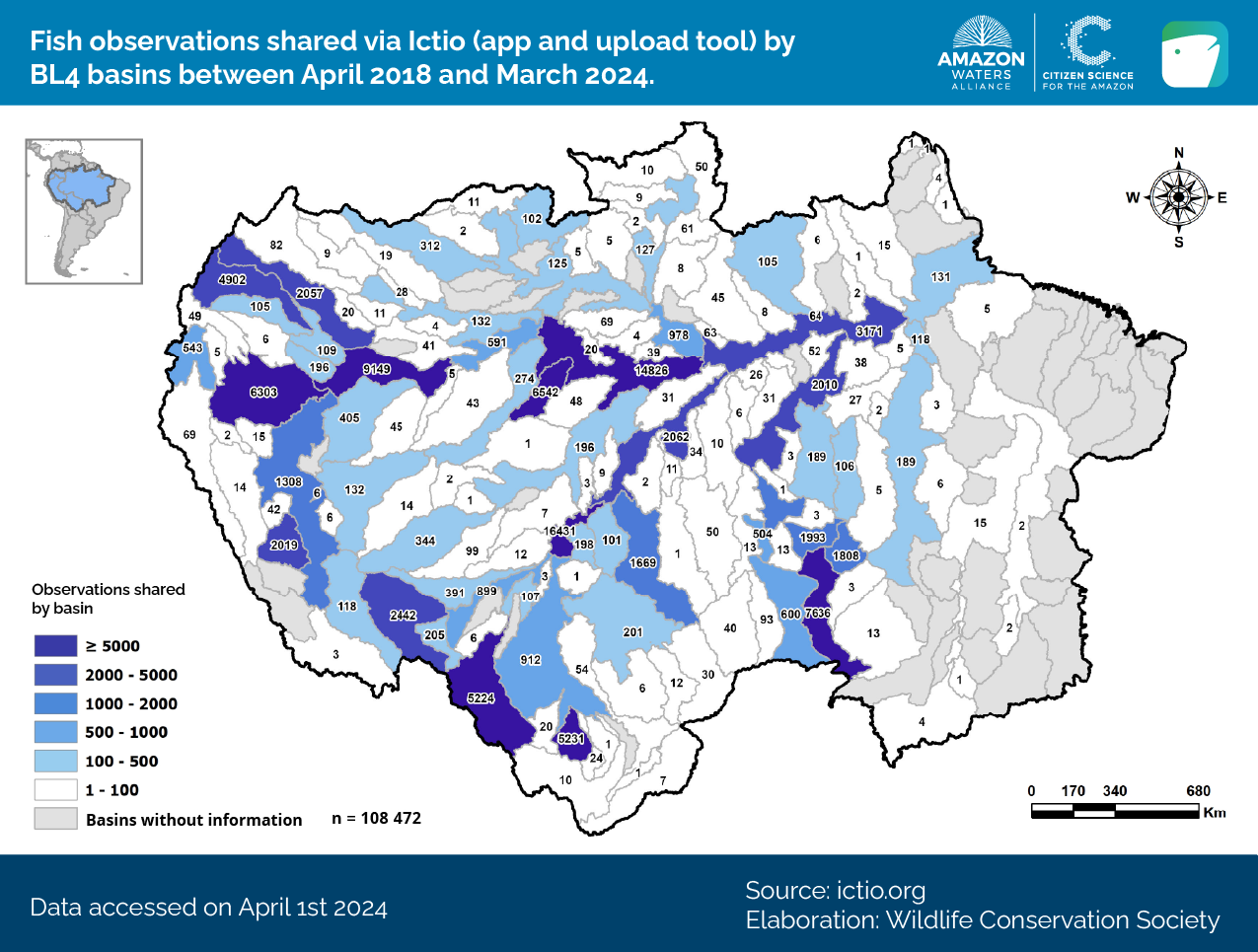
Figure 1 – As of March 31, 2024, Ictio has collected a total of 108,472 fish sightings in 62,544 lists (fishing events). This information was generated in 153 (77%) of the 199 Tier 4 sub-basins in the Amazon, resulting from the contributions of 708 individuals and organizations.
Ictio utilizes two data collection channels: the Ictio app, which saw a 1.5% increase in total observations recorded this quarter, reaching a total of 22,222 observations; and the ictio.org website.
During the first quarter of 2024 (January to March), only one new observation was recorded on ictio.org, with the Ictio application responsible for the vast majority of new observations. This underscores the significant contribution made by fishermen across the Amazon basin. Notably, fishermen from the Madeira (downstream of Jamari) in Brazil, Santiago in Ecuador, and Purús (downstream of Acre) sub-basins in Brazil, have demonstrated the largest percentage increases in observations within their respective basins (refer to Figure 2).
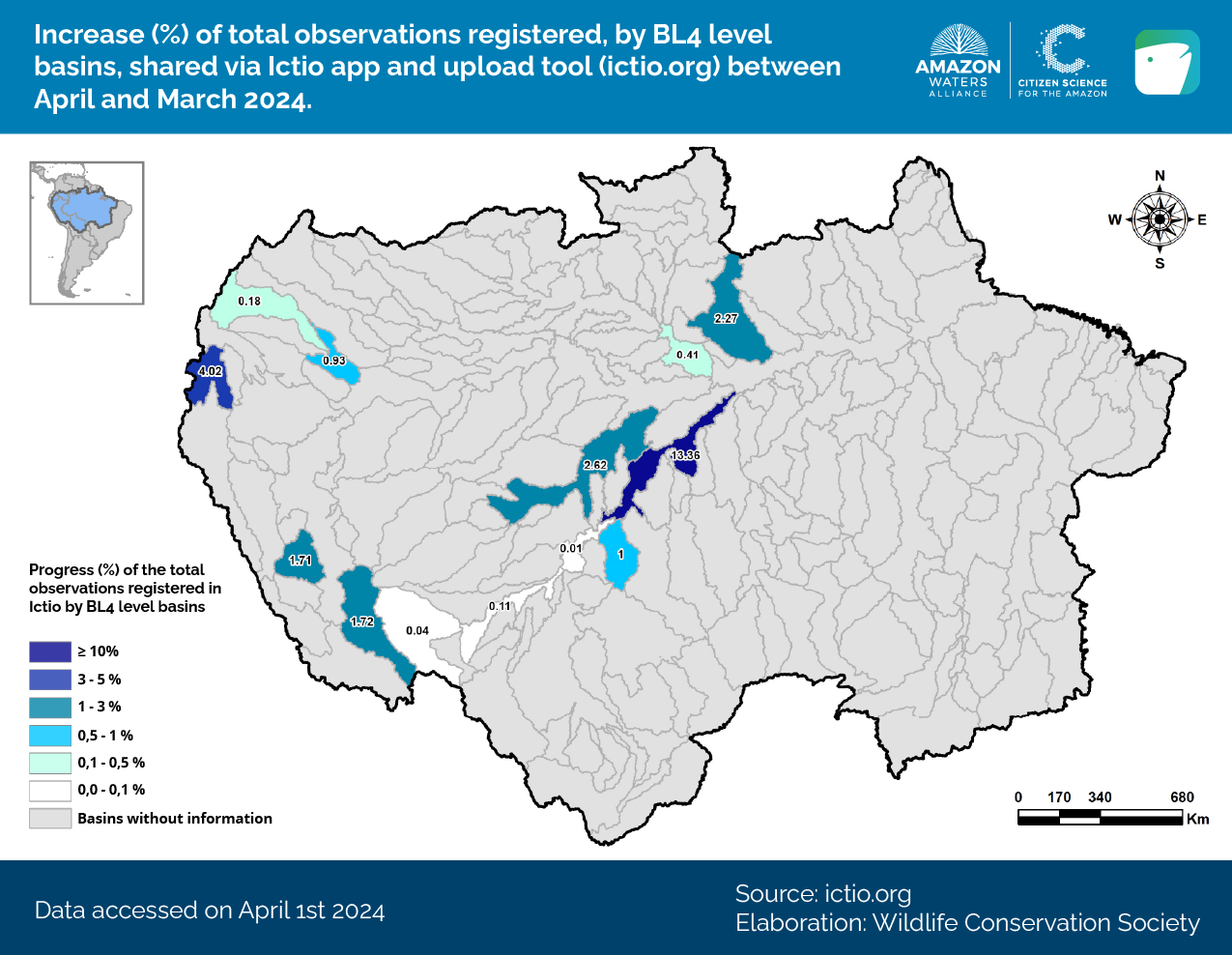
Figure 2 – Increase (%) in total Ictio-recorded lists, by BL4 level watersheds, shared with the Ictio application and upload tool (ictio.org) between January and March 2024.
Fish observations are distributed across 153 of the 199 level 4 (BL4) sub-basins in the Amazon, representing 77% coverage. For further details on the basin classification utilized by Ictio, refer to Venticinque et al., 2016– ‘New Geographic Information System (GIS) on rivers and basins for the conservation of Amazonian aquatic ecosystems’. Notably, the sub-basin ‘Madeira – upstream of Jamari’ maintains its position as the leader in the number of records, totaling 16,430 observations (Figure 3).
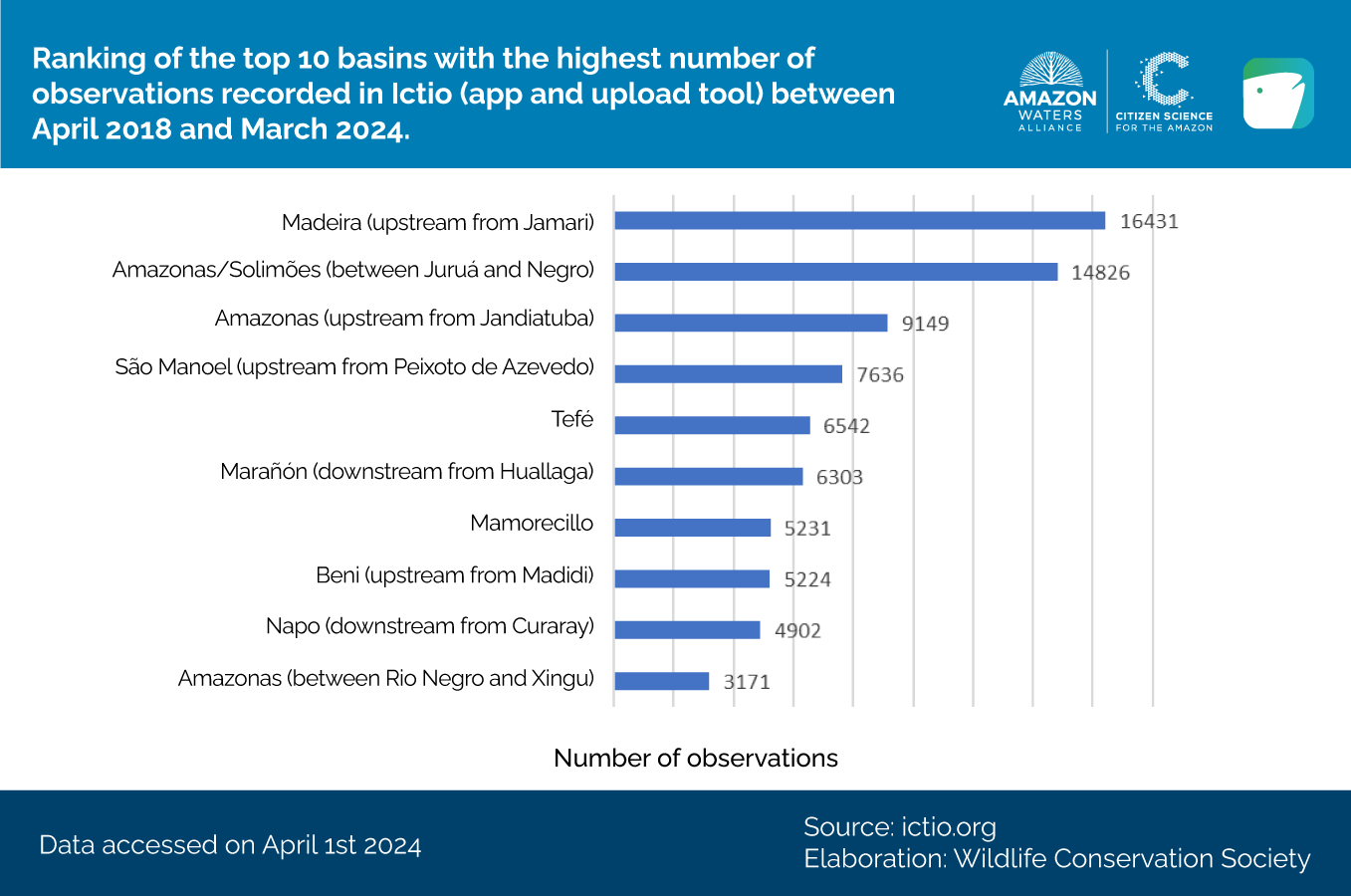
Figure 3 – BL4 sub-basins with the most Ictio records until March 31, 2024.
The Ictio platform enables direct recording of 130 species/species groups, along with the option to record ‘Other fish’ (‘Fish sp’) for species not yet listed in the database. When reporting under ‘Fish sp’ it’s essential to include the fish’s name in the comments field and provide a photograph. This documentation helps to demonstrate the demand for including new species of interest to citizen scientists and facilitates their future inclusion in the database.
Of the 119 species/species groups recorded in Ictio, the yaraquí (Semaprochilodus insignis) remains the most recorded species (8,564 observations), followed by “Other fish” (“Fish sp” – 7,611 observations) and tambaqui (Colossoma macropomum) with 6,686 observations.
Dorado and piramutaba: newly listed species in the Convention on Migratory Species
The dorado (Brachyplatystoma rousseauxii) and the piramutaba (Brachyplatystoma vaillantii) have been included in Appendix II of the Convention on Migratory Species (CMS). This listing does not prohibit trade of these species, but requires countries to contribute more to their conservation as a shared resource. These Amazonian fish species are the first to be listed, marking a significant step forward in their conservation. As migratory species, they undertake long journeys to complete their life cycles, highlighting the need for international cooperation in their conservation.
Migratory catfish are priority species for Ictio and conservation targets for the Amazon Waters Alliance. They serve as important models for considering conservation efforts at the scale of the Amazon basin, given its connectivity, and are crucial commercial species for the subsistence and food security of Amazonian communities. Within Ictio, there are 3,471 observations of dorado (refer to Figure 4) and 536 observations of piramutaba (refer to Figure 5).
In December 2023, the dorado (B. rousseauxii) was classified as “Vulnerable” (VU) by the IUCN (more information available on the IUCN Red List). It is now imperative for fishermen and fisherwomen, scientists, and government authorities to collaborate on actions that promote the conservation of these species.
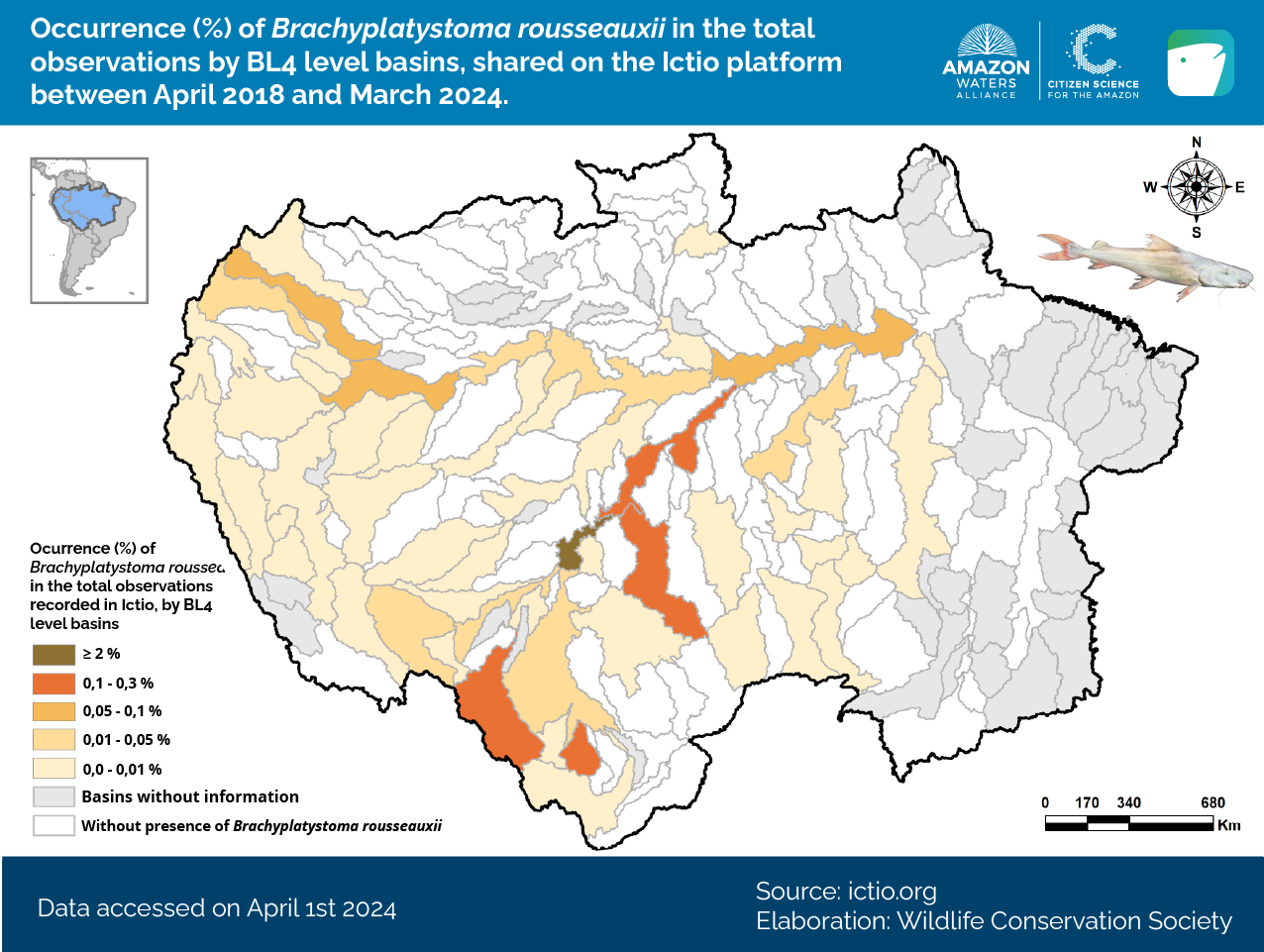
Figure 4 – Map depicting the presence of dorado (Brachyplatystoma rousseauxii) based on Ictio records in the Amazon basin.

Figure 5 – Piramutabas (Brachyplatystoma vaillantii) documented in the Amazon River, Brazil, emphasizing the economic significance of this species for riparian communities. Credit: Santa Maria 03/ Macaulay Library at the Cornell Lab (ML368069491).
GLOSSARY
Checklists: Lists of fish caught in a fishing event.
BL4 Basins: Basin level 4 is the scale that delineates all tributary sub-basins between 10,000 km² and 100,000 km².
Observations: Records of species/groups of fish species caught in the Amazon Basin.
Users: Amazonian citizens using the ICTIO application or platform, consisting mainly of local and indigenous peoples, individual fishers, management groups, associations of fishermen, and scientists.

This note is made possible thanks to the support of the Gordon and Betty Moore Foundation and of the people of the United States through the United States Agency for International Development. The content is the responsibility of the Wildlife Conservation Society and does not necessarily reflect the views of the Moore Foundation, USAID, or the United States Government.


